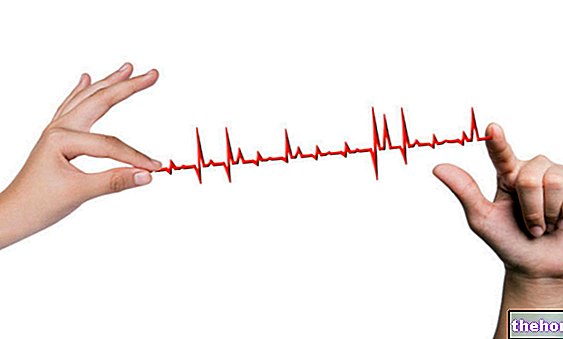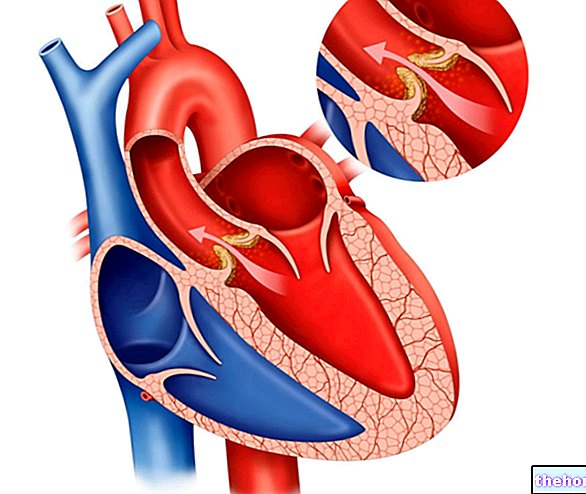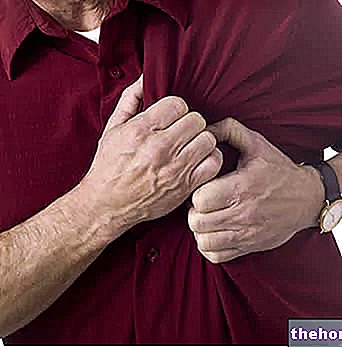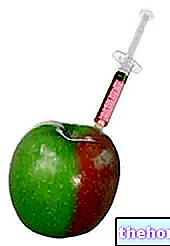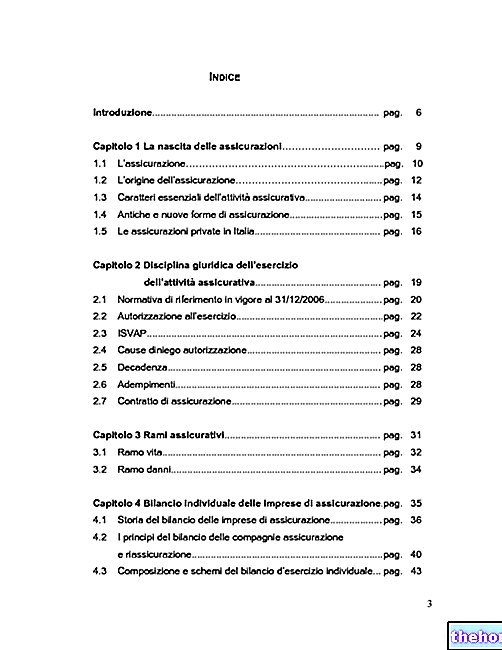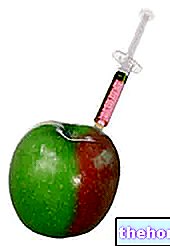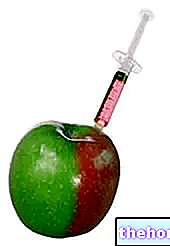Recently, a new (Tanaka's) formula has been developed that is slightly more precise than the previous one
FcMax = 208 - 0.7 x age
The two formulas converge in a common result for 40-year-old subjects while for younger or older individuals the former overestimates and underestimates the result, respectively.
Why is it important to know your maximum heart rate?
It is very important to know the maximum heart rate of an athlete as this parameter can provide very useful information for training. In particular, certain percentages of Fcmax correspond to as many exercise intensities useful for improving certain performance characteristics (endurance, anaerobic lactacid resistance, etc.). The following are the most significant heart rates that can be calculated starting from the Fcmax (the data refer to a medium-level athlete).
The anaerobic threshold frequency is given by the formula: Fc max - (7/8%); this speed, corresponding to the massive activation of the anaerobic lactacid mechanism, can be sustained for a fairly short period of time which varies according to the level of training of the athlete (15-60 minutes)
The Fast Background Frequency is given by the formula: Fc max - (10/15%) at this intensity of exercise, even if there is an important production of lactic acid, the body is able to dispose of a large part of the lactate produced avoiding the its accumulation in the circulation. The metabolic mixture used to produce energy depends on the level of training of the athlete: the more a subject is trained, the more he tends to use fatty acids, saving the precious glycogen stores.
Average or Cardiovascular background frequency is given by the formula: Fc max - (15/20%) this speed can be maintained for a long time, as the modest quantities of lactic acid produced are easily disposed of by the body.
The slow background or lipolytic frequency is given by the formula: Fc max - (25/30%) the intensity is so mild that the body, even if not very trained, tends to use mainly fat for energy purposes. The modest intensity is ideal for building a solid aerobic base and promoting capilarization.
The Minimum Training Frequency or very long fund: HR max - (35/40%) = 130/120 bpm the intensity is low and the effort is minimal, so much so that below these levels the exercise does not produce training effects on the " body.
It should be emphasized that these formulas, as well as those that lead to the calculation of the Fc max, can be affected by errors; in particular, we can speak of a double error of assessment if these values are calculated starting from the theoretical maximum heart rate rather than the real one. For example, smokers tend to have a higher heart rate and such purely theoretical mathematical steps would risk underestimating the different thresholds. At the same time, the different thresholds do not reflect absolute parameters, but are closely related to training and can therefore vary from individual to individual.
We can compare heart rate to engine revolutions; for example, two machines can have the same engine capable of going up to a maximum number of revolutions (Fc max). However, having different cooling systems, one car can resist longer at a certain speed (% Fcmax) while the other is forced to slow down because it cannot withstand the same number of revolutions for such a long time.
Other articles on "Heart Rate Monitor and Maximum Heart Rate"
- Heart rate monitor
- Program the heart rate monitor
- Heart rate monitor and training


